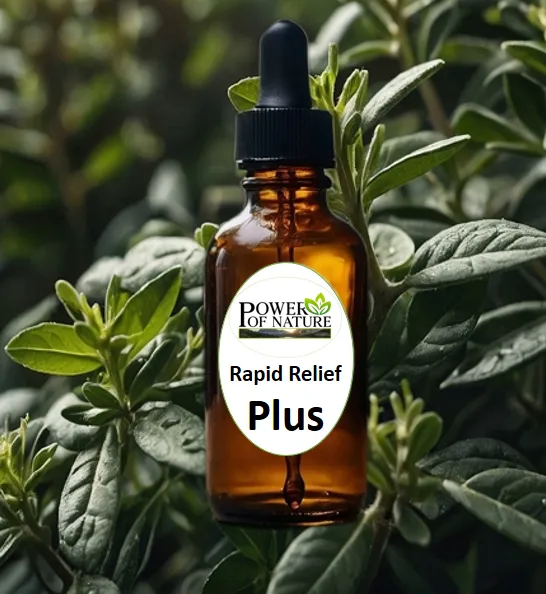WELCOME TO THE WELL-VOLUTION!
Say Goodbye to Persistent Joint and Muscle Pain! Experience Deep, Fast-Acting Comfort with Rapid Relief Plus—An All-Natural Blend for Maximum Penetration and Soothing Relief You Can Feel!
Harness the Power of Proven Ancestral Plants to Soothe Pain and Inflammation—Naturally, Safely, and Effectively!
ERASE JOINT AND MUSCLE PAIN FAST WITH RAPID RELIEF PLUS!

Feel Relief in Minutes: Experience fast-acting comfort as our potent formula targets pain and inflammation, delivering results you can feel almost instantly.
Harness Nature’s Most Powerful Healers: Infused with a synergistic blend of oregano, castor oil, and olive oil, this time-tested recipe promotes deep penetration for long-lasting relief.
Support Joint and Muscle Wellness: Alleviate tension and stiffness with ingredients that work together to soothe inflammation and support overall mobility.
Deep, Natural Penetration: Castor and olive oils deliver active ingredients deep into the tissues, ensuring maximum effectiveness exactly where it’s needed.
No Prescription Needed: Achieve lasting relief naturally, without the need for costly medications or doctor visits.
+ THESE AMAZING BONUSES
LIMITED BONUS #1: -
15% Discounts: Save year-round on all online product purchases, including holistic products like Rapid Relief Plus and more.
LIMITED BONUS #2: -
Access to Free Courses (Get notified as more are added to the library): Begin your wellness journey with "Breath of Life: Eliminate Breathing Struggles Naturally", our foundational course on breathing techniques to boost lung health and vitality. Sponsored by Power of Nature, Inc.
LIMITED BONUS #3: -
Invitations to Members-Only Events: Receive exclusive invites to Well-Volution events like health workshops, retreats, and community gatherings that inspire and educate.
Get $10 Off $49.99 Now!

© 2025 Well-Volution Network - All rights reserved